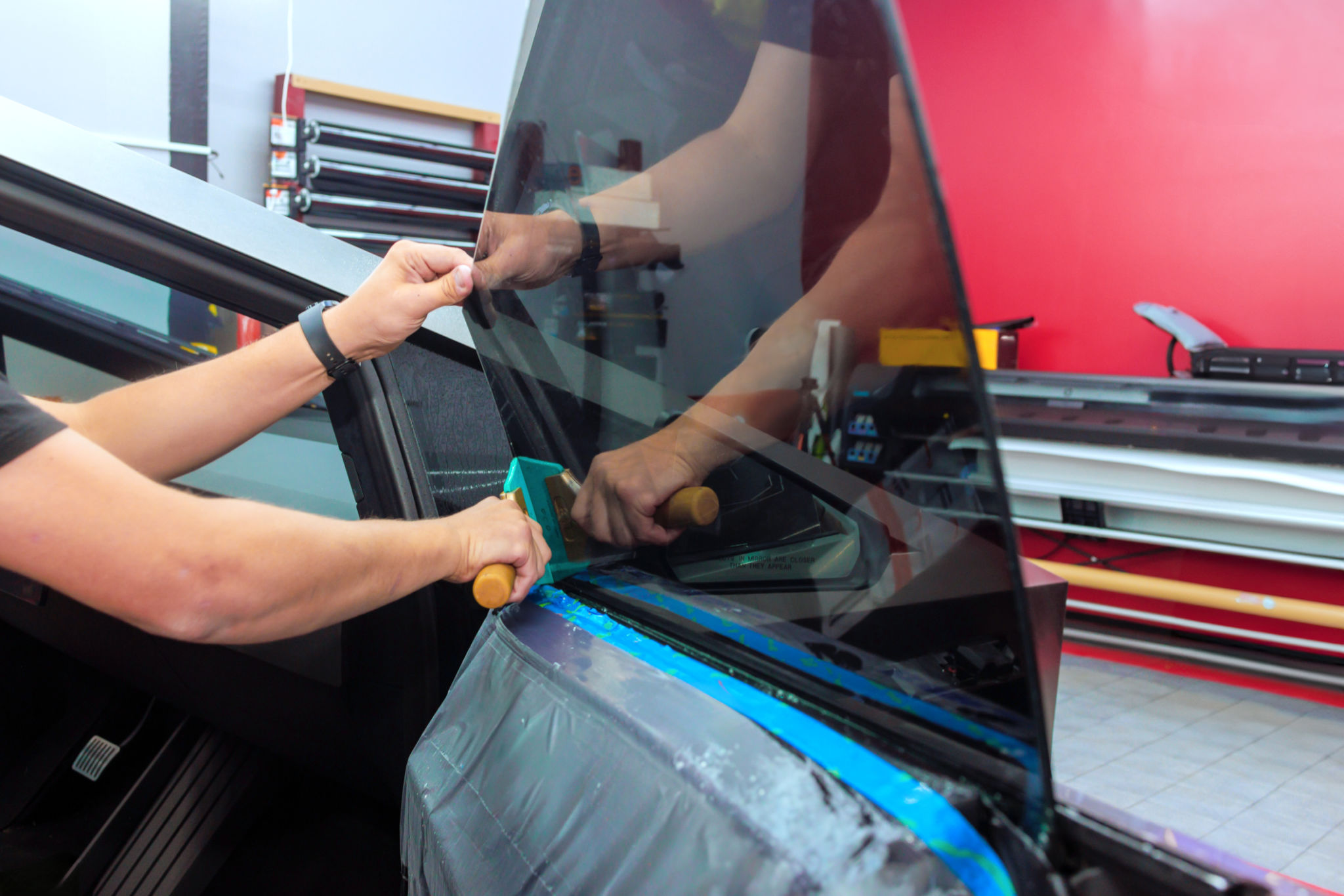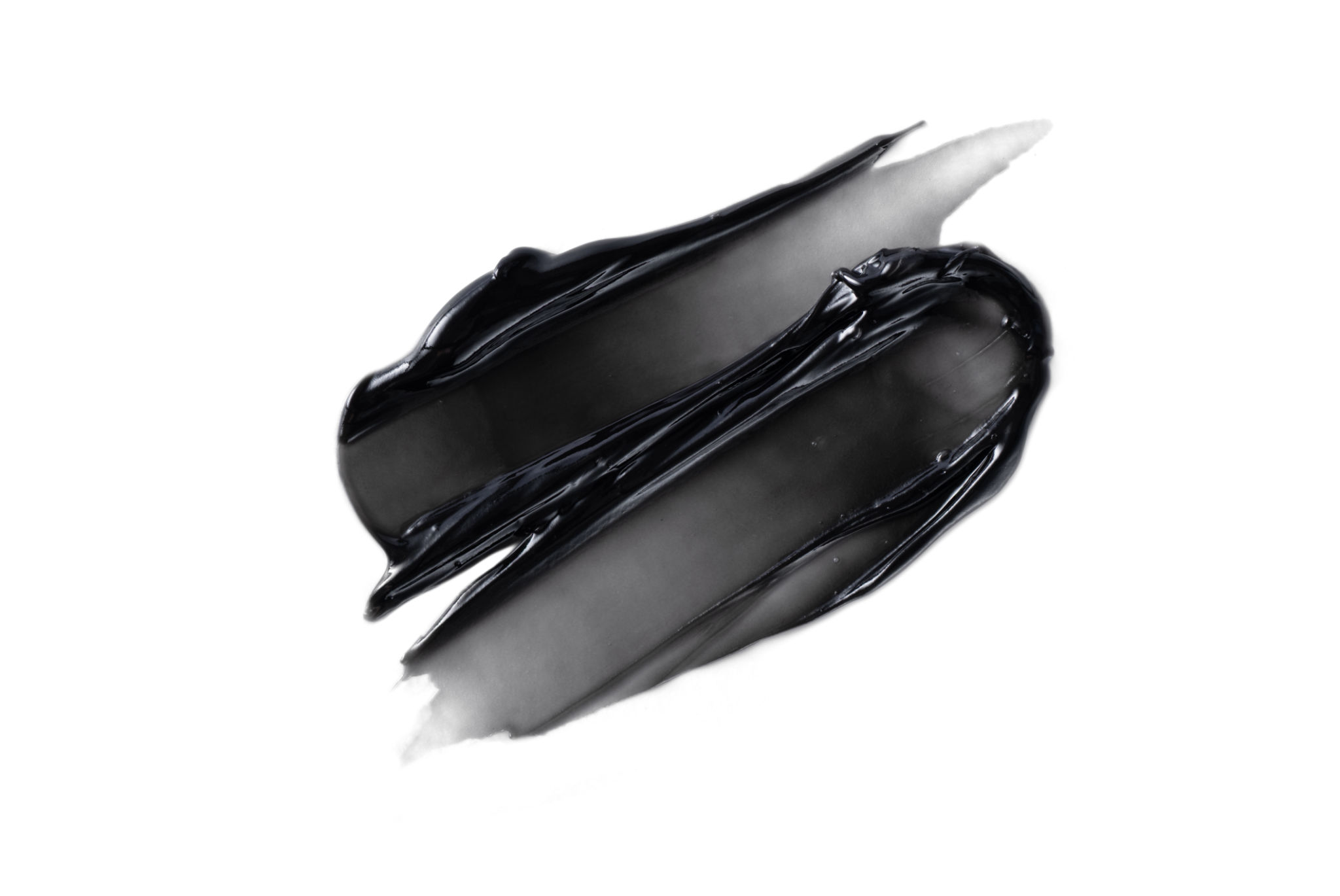A Comprehensive Comparison of Window Tinting Films
Introduction to Window Tinting Films
Window tinting films are a popular choice for both residential and commercial properties due to their ability to provide privacy, reduce glare, and enhance energy efficiency. With various options available, selecting the right film can be daunting. This comprehensive comparison aims to guide you through the different types of window tinting films, highlighting their unique features and benefits.

Dyed Window Tinting Films
Dyed window tinting films are among the most cost-effective options available. They use a layer of dye to absorb solar heat and reduce glare. These films are known for their ability to provide privacy and a non-reflective finish, making them an excellent choice for aesthetic enhancement.
However, dyed films may not be as durable as other types and typically have a shorter lifespan. They can fade over time due to prolonged exposure to sunlight, necessitating replacement sooner than other options.
Metalized Window Tinting Films
Metalized window tinting films contain tiny metallic particles that reflect sunlight, providing excellent heat reduction and glare control. These films are more durable than dyed films and offer enhanced UV protection. Their reflective finish can also add a sleek appearance to windows.

Despite their advantages, metalized films can interfere with electronic signals, such as GPS and mobile phone reception. Additionally, their reflective nature might not be suitable for all aesthetic preferences.
Carbon Window Tinting Films
Carbon window tinting films are an excellent middle-ground option, offering a matte finish that doesn’t fade over time. They provide substantial heat reduction and ultraviolet protection without interfering with electronic signals. Carbon films are a popular choice for those seeking durability without sacrificing style.
Advantages of Carbon Films
- Non-fading: Carbon films maintain their color over time.
- High durability: They are less prone to scratches and damage.
- Good insulation: These films help in maintaining indoor temperatures.

Ceramic Window Tinting Films
Ceramic window tinting films represent the pinnacle of window film technology. These films contain ceramic particles that effectively block up to 99% of UV rays while allowing maximum visibility. They do not interfere with electronic signals and offer superior heat reduction without any reflective properties.
The primary downside of ceramic films is their cost. They are among the most expensive options on the market, but their performance and longevity often justify the investment for many consumers.
Choosing the Right Window Tinting Film
When selecting a window tinting film, consider your specific needs and preferences. Factors such as budget, desired aesthetics, and the importance of signal clarity should all play a role in your decision-making process. Consulting with a professional can also provide valuable insights tailored to your situation.
Overall, each type of window tinting film offers unique advantages that can significantly enhance the comfort, privacy, and energy efficiency of your space. By understanding the differences between them, you can make an informed choice that meets your requirements perfectly.